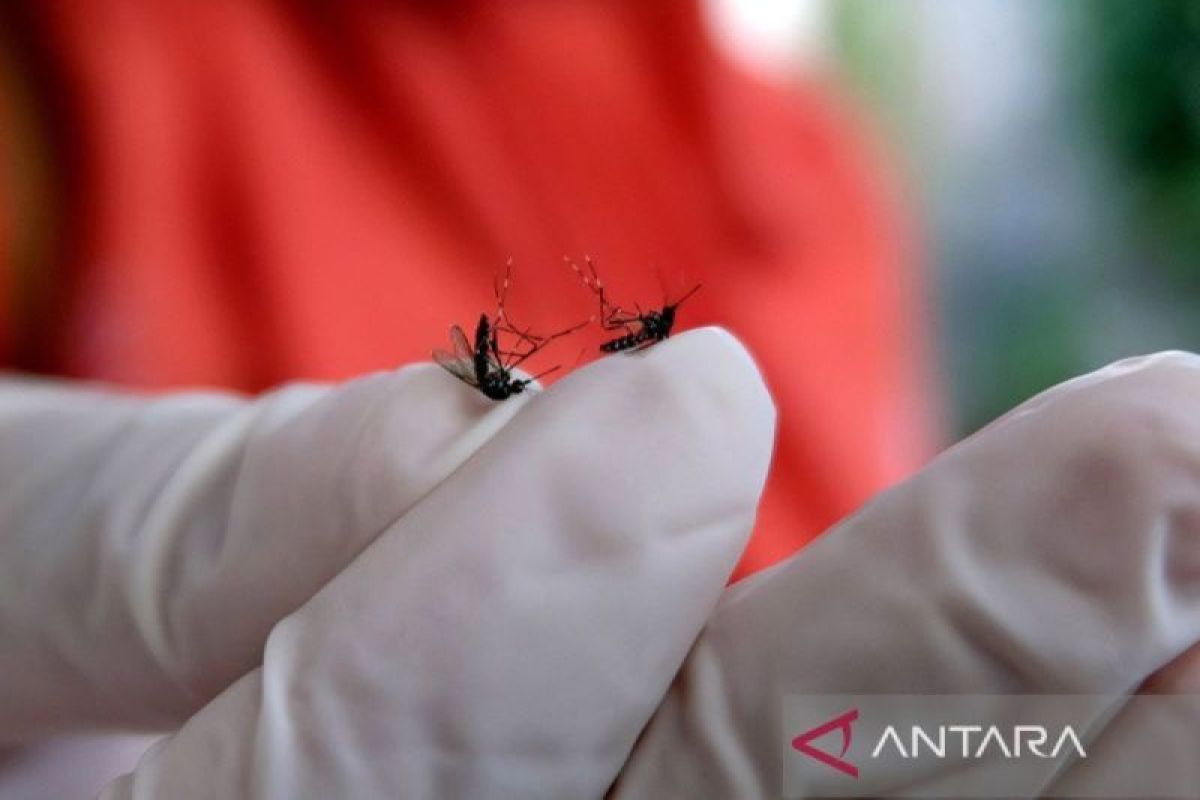Dengue fever (DBD) is a serious disease that is transmitted by mosquitoes. In Indonesia, the two main culprits responsible for spreading the disease are the Aedes aegypti and Aedes albopictus mosquitoes. These two species of mosquitoes have some distinct differences that make them unique in their ability to transmit the dengue virus.
Aedes aegypti mosquitoes are the primary vector for transmitting the dengue virus in urban areas. They are easily recognizable by their black and white stripes on their legs and bodies. These mosquitoes are known to be highly adaptive to human environments, often breeding in stagnant water found in containers such as buckets, old tires, and flower pots. Aedes aegypti mosquitoes are most active during the day, with peak biting times in the early morning and late afternoon.
On the other hand, Aedes albopictus mosquitoes, also known as the Asian tiger mosquito, are more commonly found in rural and suburban areas. They have black and white stripes on their legs and bodies, similar to Aedes aegypti mosquitoes, but they are slightly larger in size. Aedes albopictus mosquitoes are known to be more versatile in their breeding habitats, often laying their eggs in natural containers such as tree holes, leaf axils, and bamboo stumps. These mosquitoes are also active during the day, but they tend to be more aggressive biters compared to Aedes aegypti mosquitoes.
Despite their differences, both Aedes aegypti and Aedes albopictus mosquitoes are capable of transmitting the dengue virus to humans through their bites. Once infected, individuals may experience symptoms such as high fever, severe headache, joint and muscle pain, and skin rash. In severe cases, dengue fever can lead to dengue hemorrhagic fever (DHF) or dengue shock syndrome (DSS), which can be fatal if not treated promptly.
To prevent the spread of dengue fever, it is important to eliminate mosquito breeding sites and protect oneself from mosquito bites. This can be done by regularly emptying and cleaning containers that hold stagnant water, using mosquito repellent, wearing long-sleeved clothing, and installing window screens to keep mosquitoes out of living spaces.
In conclusion, the differences between Aedes aegypti and Aedes albopictus mosquitoes play a crucial role in the transmission of the dengue virus in Indonesia. By understanding these differences and taking preventive measures, we can reduce the risk of contracting dengue fever and protect ourselves and our communities from this deadly disease.

Comments are closed, but trackbacks and pingbacks are open.